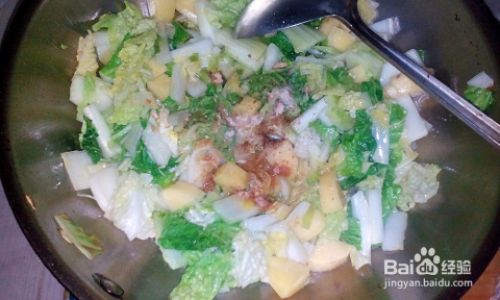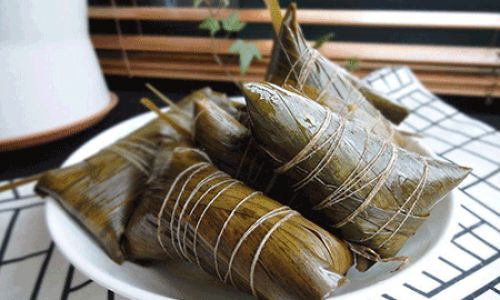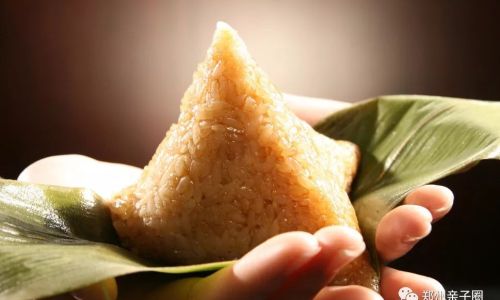Introduction
Chinese cabbage, known as Bai Cai in Mandarin, is a leafy vegetable celebrated for its mild, sweet flavor and versatile culinary applications. Originating in East Asia, this cruciferous gem has become a staple in kitchens worldwide, prized for its ability to absorb flavors while retaining a satisfying crunch. Stewing, a gentle cooking method that involves simmering ingredients in liquid until tender, is one of the finest ways to elevate Chinese cabbage’s natural taste. This article explores the nuances of stewing Chinese cabbage, from selecting the freshest produce to mastering time-honored techniques and modern twists. Whether you’re a novice cook or a seasoned chef, these insights will help you create a dish that balances comfort, nutrition, and culinary artistry.
Understanding Chinese Cabbage: Varieties and Selection
Before diving into stewing techniques, it’s essential to familiarize yourself with the types of Chinese cabbage. The most common varieties include:
- Napa Cabbage: Oblong-shaped with crinkly, pale green leaves and a crisp texture.
- Bok Choy: Smaller, with thick white stalks and dark green leaves.
- Tatsoi: A rosette-shaped variety with dark, spoon-shaped leaves.
When selecting cabbage, look for firm heads with vibrant, unblemished leaves. Avoid specimens with wilted outer layers or brown spots, as these indicate age or improper storage. Fresh cabbage should feel heavy for its size, a sign of high water content and crispness.
Essential Ingredients for Stewing
Stewing Chinese cabbage requires minimal ingredients to let its flavor shine, but a few key elements can elevate the dish:
- Broth: Vegetable, chicken, or bone broth adds depth. For a vegan option, use kombu dashi (Japanese kelp stock).
- Aromatics: Garlic, ginger, and scallions form the flavor base.
- Protein (Optional): Tofu, pork belly, or dried shrimp complement the cabbage’s mildness.
- Fat: Sesame oil, lard, or bacon drippings enrich the stew’s body.
- Seasonings: Soy sauce, oyster sauce, or a pinch of sugar balance the flavors.
The Basic Stewing Technique
Step 1: Preparation

- Rinse the cabbage under cold water, gently separating the leaves to remove dirt.
- Cut the cabbage into 2-inch segments, keeping the stalks and leaves intact (stalks require longer cooking).
Step 2: Sauté Aromatics
- Heat a tablespoon of oil in a heavy-bottomed pot over medium heat.
- Add minced garlic and ginger, stirring until fragrant (30 seconds).
Step 3: Build Flavor
- Introduce protein (e.g., sliced pork belly) and sauté until lightly browned.
- Add cabbage stalks first, followed by leaves, stirring to coat with oil.
Step 4: Simmer Gently
- Pour in broth (enough to submerge half the cabbage) and bring to a simmer.
- Cover and cook for 15–20 minutes, or until stalks are tender.
Step 5: Finish and Serve
- Stir in soy sauce, a drizzle of sesame oil, and a pinch of white pepper.
- Garnish with sliced scallions and serve hot with steamed rice.
Regional Variations: Exploring Global Flavors
a. Korean-Style Baechu-Jeongol (Cabbage Stew)

- Ingredients: Napa cabbage, gochujang (Korean chili paste), tofu, mushrooms, and anchovy broth.
- Method: Simmer cabbage with gochujang-spiked broth until tender. Add tofu and mushrooms in the final minutes. Serve with kimchi and rice.
b. Chinese Pork and Cabbage Stew
- Ingredients: Napa cabbage, ground pork, Shaoxing wine, and black vinegar.
- Method: Brown pork with garlic, then stew with cabbage in chicken broth. Finish with a splash of vinegar for acidity.
c. Japanese Kenchin-Jiru (Vegetable Stew)
- Ingredients: Bok choy, daikon radish, carrots, and dashi broth.
- Method: Simmer vegetables in dashi with soy sauce and mirin. Thicken slightly with potato starch for a hearty texture.
Enhancing Flavor: Tips and Tricks
- Umami Boosters: A teaspoon of miso or a Parmesan rind added to the broth imparts savory depth.
- Sweetness Balance: A pinch of sugar or a drizzle of honey counteracts bitterness.
- Texture Contrast: Top with crispy fried shallots or toasted sesame seeds before serving.
- Acidity: A squeeze of lime or splash of rice vinegar brightens the stew.
Common Mistakes to Avoid
- Overcooking: Cabbage should be tender but not mushy. Test doneness by piercing stalks with a fork.
- Insufficient Liquid: Use enough broth to prevent burning, but avoid submerging the cabbage entirely (this dilutes flavor).
- Skipping Aromatics: Garlic and ginger are non-negotiable for a flavorful base.
- Overcrowding the Pot: Cook in batches if needed to ensure even stewing.
Creative Adaptations for Modern Palates

- Vegetarian Twist: Swap meat for mushrooms or tempeh, and use mushroom broth.
- Spicy Kick: Add sliced chili peppers or a dash of sriracha during simmering.
- Creamy Finish: Stir in a spoonful of coconut milk or crème fraîche before serving.
- One-Pot Meal: Include noodles or grains like quinoa during the last 5 minutes of cooking.
Nutritional Benefits of Chinese Cabbage
Low in calories yet rich in vitamins C and K, Chinese cabbage is a nutritional powerhouse. It also provides dietary fiber, promoting digestive health, and antioxidants like sulforaphane, which may reduce inflammation. Stewing preserves more nutrients compared to high-heat cooking methods, making it a healthy choice.
Pairing Suggestions
- Grains: Serve alongside jasmine rice, quinoa, or soba noodles.
- Proteins: Pair with grilled chicken, pan-fried tofu, or a soft-boiled egg.
- Beverages: A light lager, green tea, or a crisp Riesling complements the stew’s earthy notes.
Preserving Leftovers
Stewed cabbage improves in flavor over time. Store in an airtight container for up to 3 days. Reheat gently on the stove, adding a splash of broth if needed. Freeze portions for up to a month; thaw overnight in the refrigerator before reheating.
Conclusion
Stewing Chinese cabbage is an act of culinary alchemy, transforming a humble vegetable into a dish that soothes the soul and delights the palate. By mastering the basic technique and experimenting with global flavors, you can create endless variations of this timeless classic. Whether you prefer the fiery kick of Korean gochujang or the subtle sweetness of Japanese dashi, the key lies in balancing flavors and respecting the cabbage’s delicate nature. So next time you bring home a head of Chinese cabbage, remember: with patience and creativity, you’re just a simmer away from comfort food perfection.






0 comments